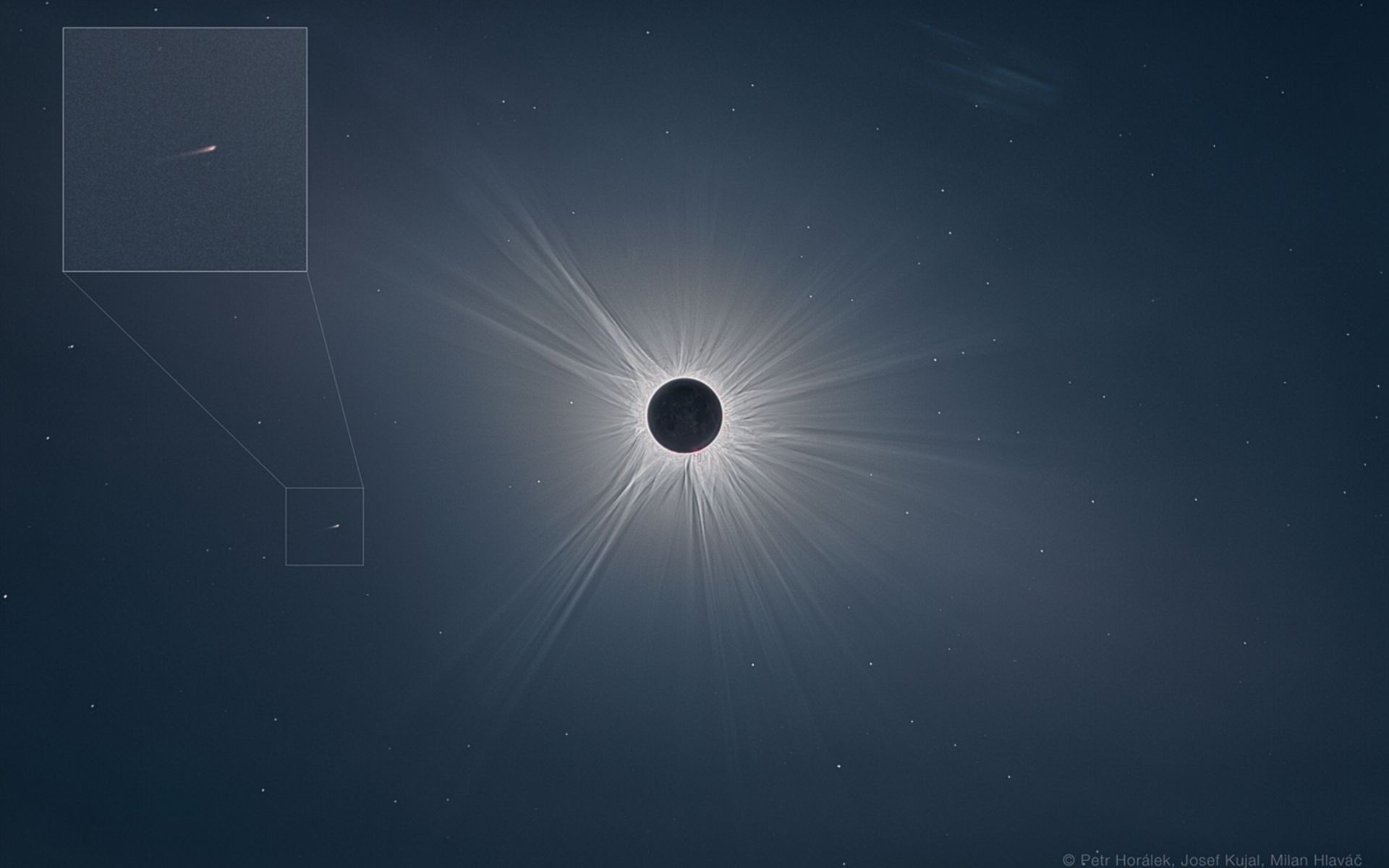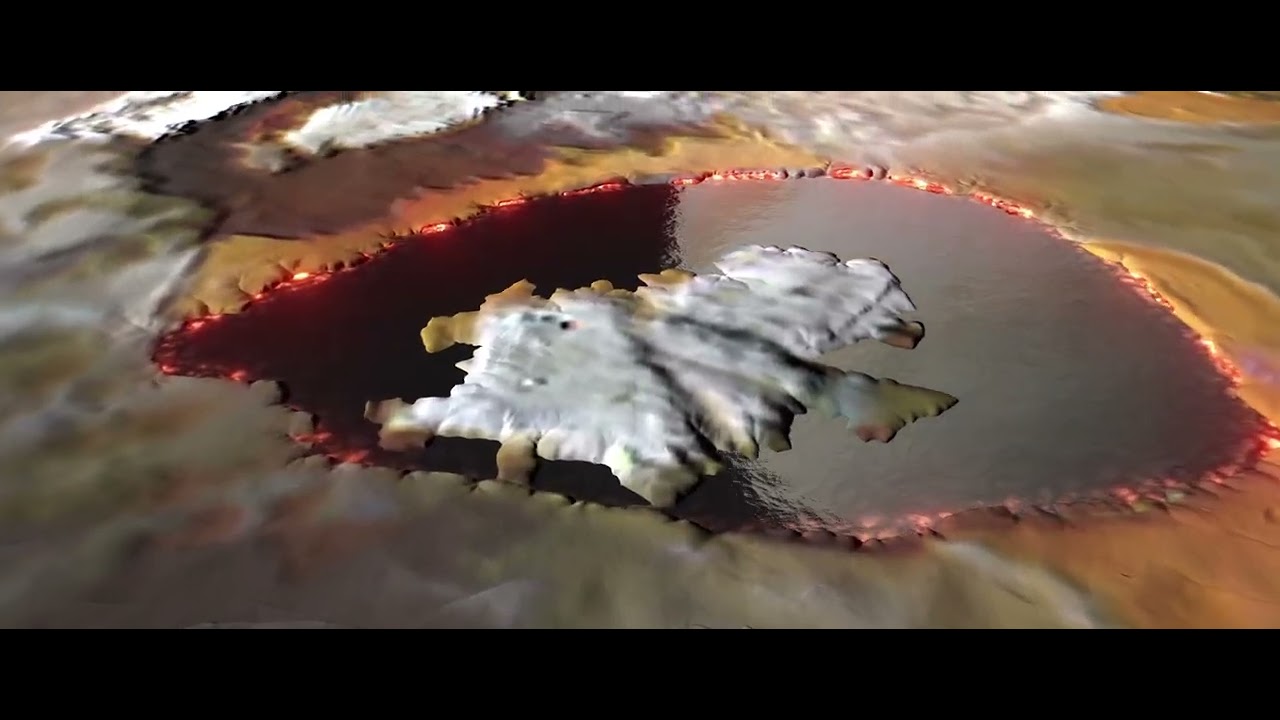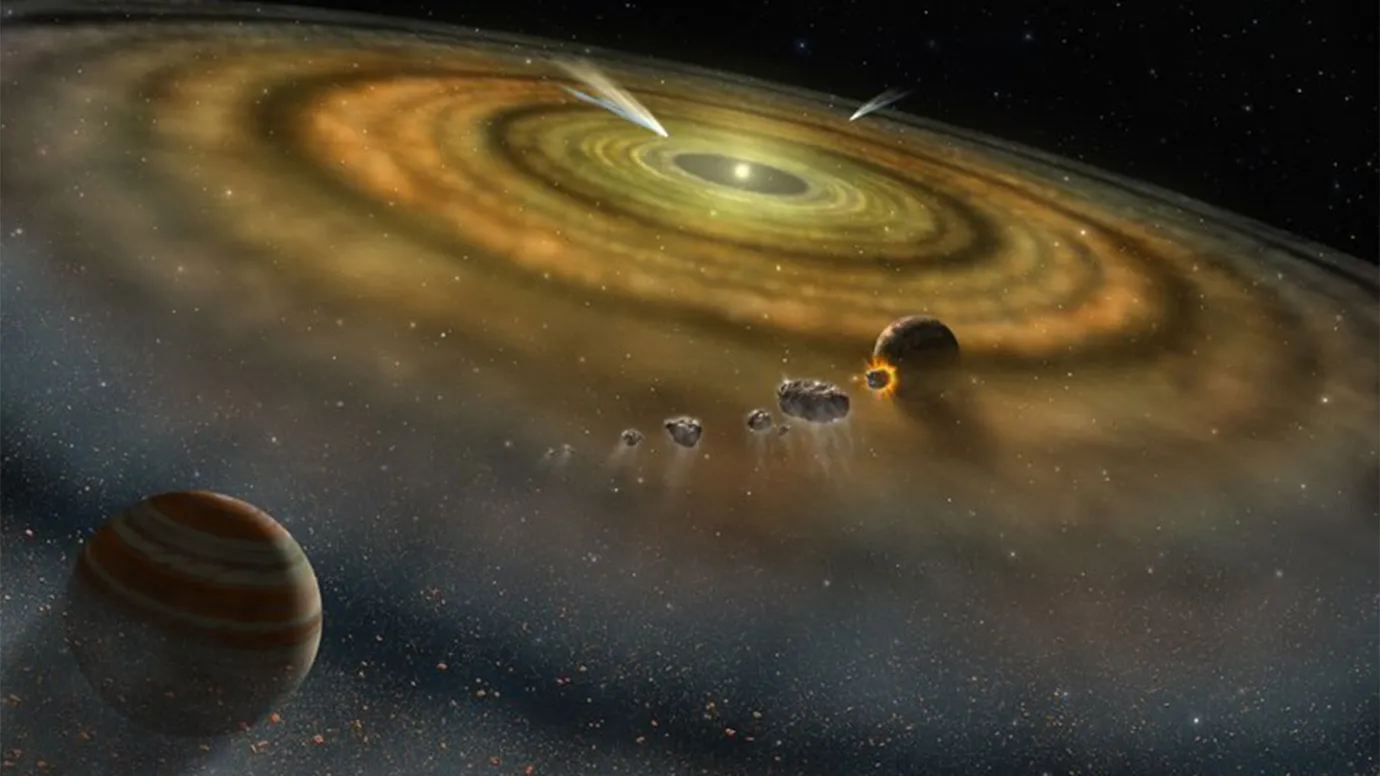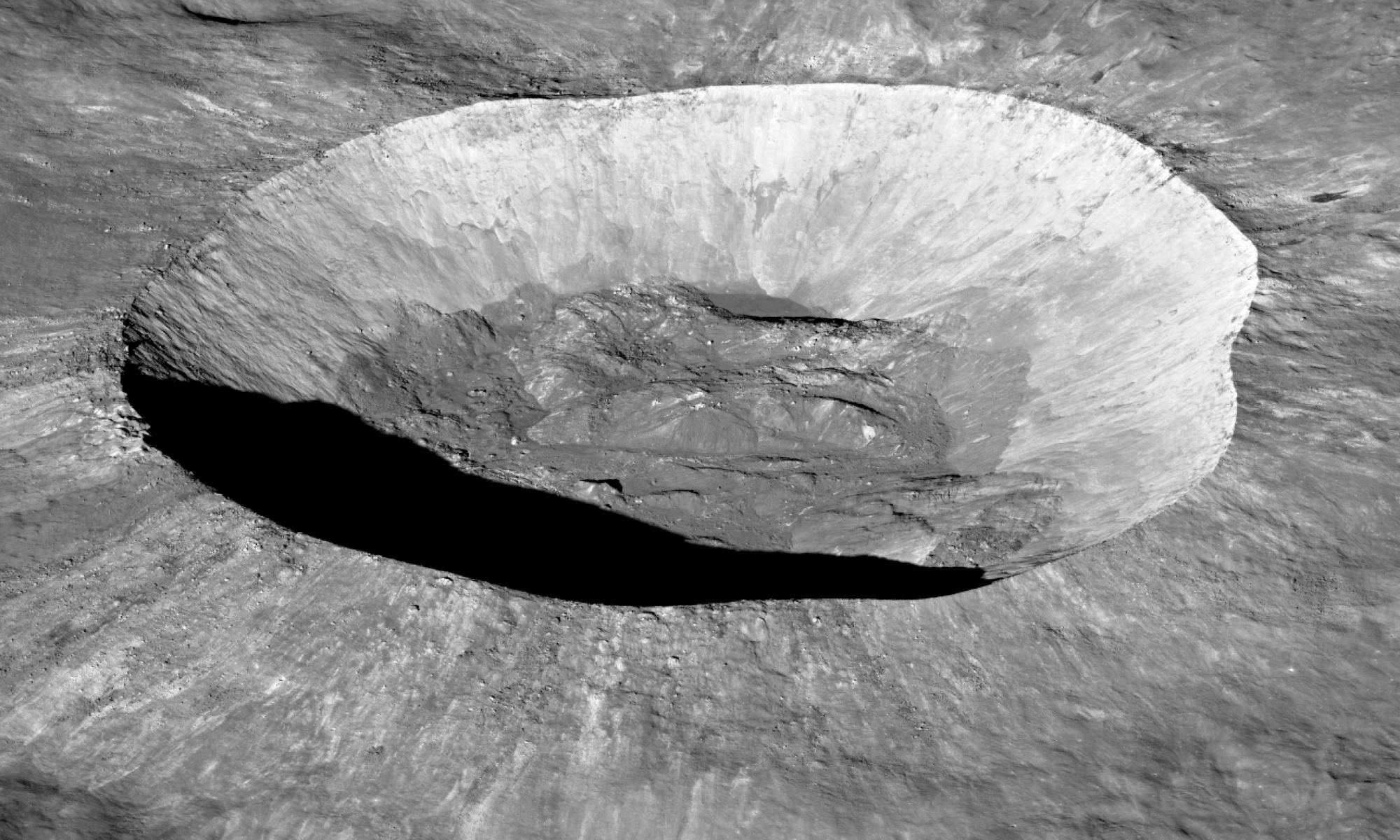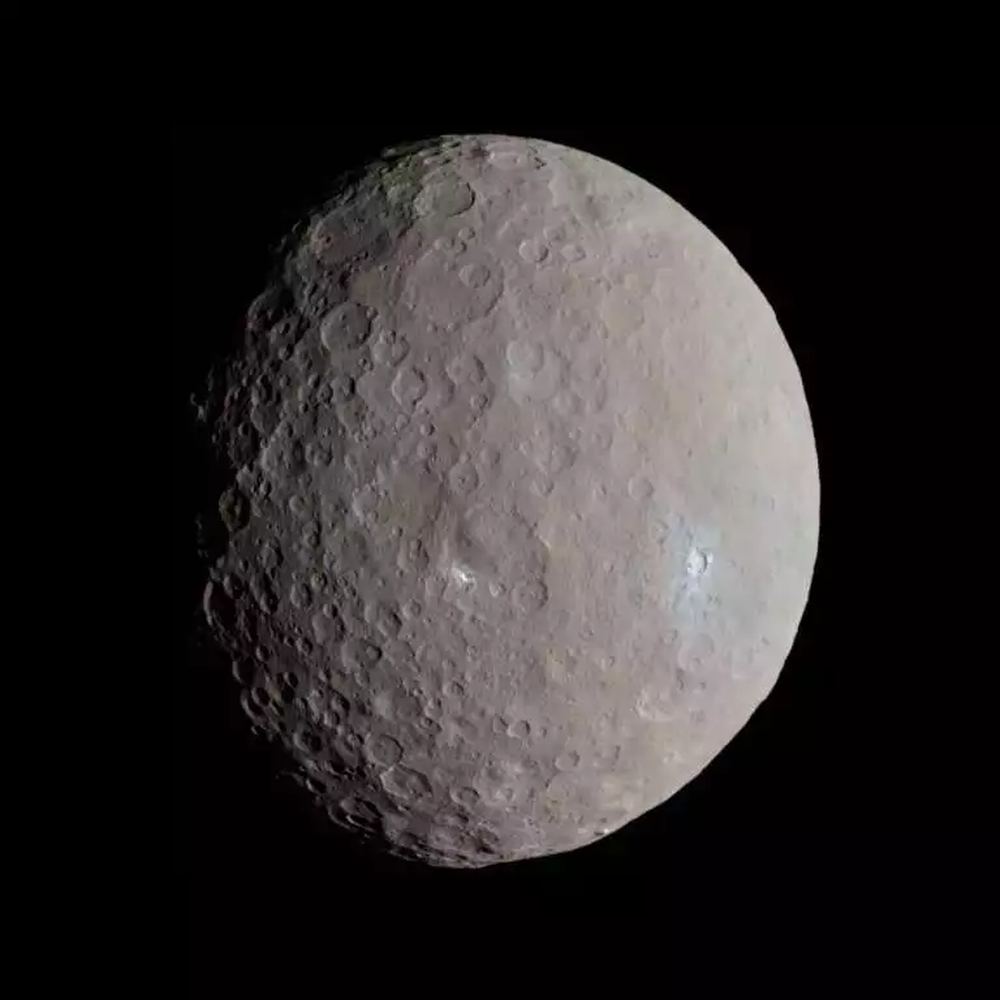A surprise appearance of a new comet made the April 8th total solar eclipse all the more memorable.
Any dedicated ‘umbraphile’ will tell you: no two eclipses are exactly the same. Weather, solar activity, and the just plain expeditionary nature of reaching and standing in the shadow of the Moon for those brief moments during totality assures a unique experience, every time out. The same can be said for catching a brief glimpse of what’s going on near the Sun, from prominences and the pearly white corona to the configuration of bright planets… and just maybe, a new comet.
Continue reading “There Was a Doomed Comet Near the Sun During the Eclipse”
